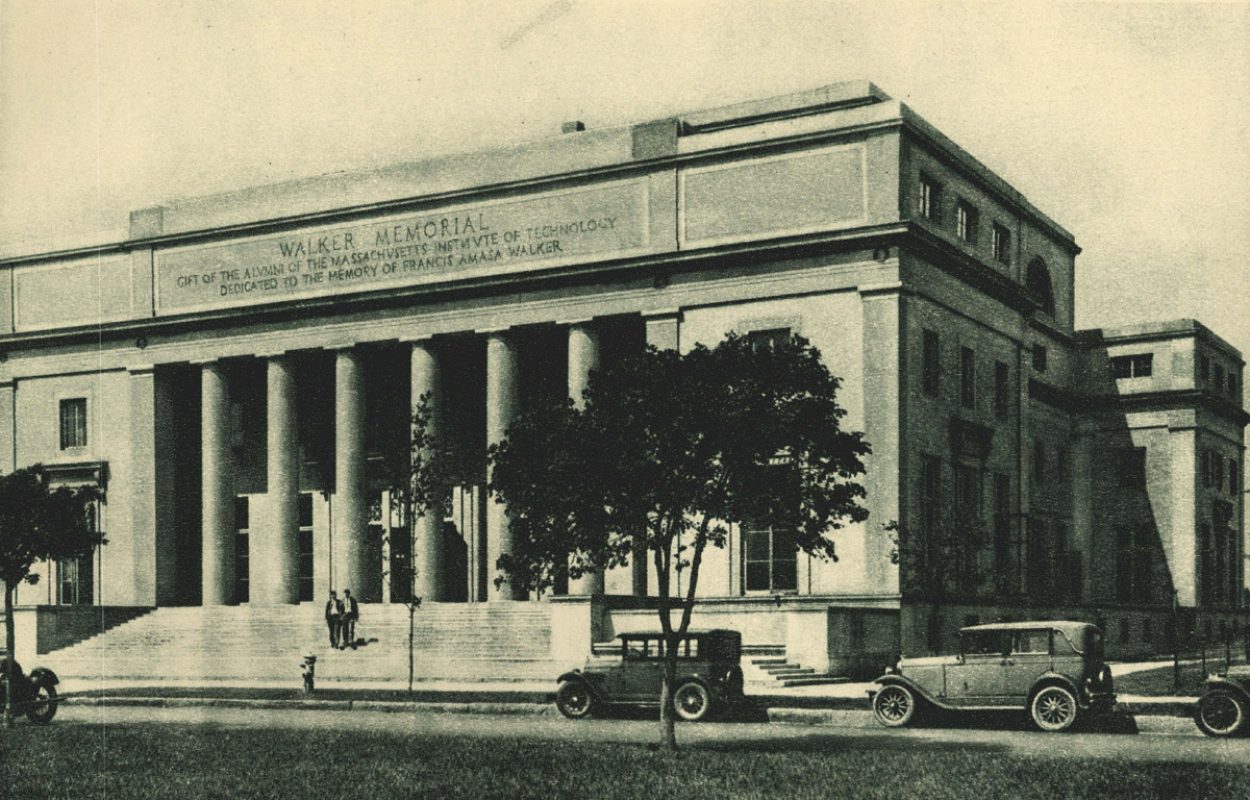Undergraduate Research Opportunities Program (UROP)
The Undergraduate Research Opportunities Program (UROP) at the Massachusetts Institute of Technology was organized by Professor Margaret L. A. MacVicar in 1969. The idea for UROP came from a suggestion of Edwin H. Land, the inventor of instant photography, who had observed that there existed few opportunities, at MIT or elsewhere, for undergraduates to obtain “hands on” research experience. He provided the funds to create a program that would encourage and support research-based intellectual collaboration of MIT undergraduates with Institute faculty members.
MacVicar began the program in the fall of 1969 with 25 students, under the auspices of the Office of the President. The intent was to invite all undergraduates, at various stages of their education and across disciplines, to participate in each phase of research activity as a junior colleague of a faculty member. The student would assist in writing the research proposal, developing a plan, conducting the actual research, analyzing the data, and presenting the results in oral and written form. UROP projects did not have to follow the academic year and could take place in any academic department or interdisciplinary laboratory. The student could receive a salary, participate for academic credit, or volunteer. The student and the faculty supervisor were required to submit separate evaluations of the experience at the end of each term or summer period. The program became very popular, and student and faculty involvement grew rapidly.
In 1972 MacVicar introduced an off-campus program, which permitted a broader range of opportunities and the use of varied facilities and resources. The off-campus program required a research triad consisting of the student, the MIT faculty member as supervisor, and an off-campus professional. The faculty-student collaboration remained an integral part of the program, and faculty members were required to take an active part in the research. Also in the 1972-1973 academic year, evaluations became mandatory and were tied to funding for UROP programs.
By 1981 UROP reported to the Office of the Provost. At this time a large part of the funding came from faculty-sponsored research grants. Each department and laboratory was assigned a UROP coordinator whose responsibilities included interpreting the department’s requirements, ensuring academic rigor, reviewing proposals, advising and assisting students, facilitating research opportunities, and performing necessary administrative functions. In 1985 MacVicar became dean of undergraduate education and maintained her responsibilities for the program.
In 1993 UROP introduced a mentoring program to link students who had never undertaken a UROP project (Pre-UROPers) with students who had at least one year of UROP experience (Mentors). The objective was twofold: to provide experience for students who wanted to begin a UROP project, but lacked background in a highly technical area, or who were not ready to make a formal commitment to a project; and, simultaneously, to give upperclass students some practice at teaching beginners in an area where they had some experience.
In 1995 three-quarters of MIT undergraduates and more than half the faculty participated in UROP. More than 100 papers are published each year from UROP research.
The daily administration of UROP was assigned to the associate director of UROP from 1974 to 1986. In 1986 the chief UROP administrator was the assistant dean for undergraduate research. In 1990 the position of UROP administrator was created. In 1991, after MacVicar’s death, Norma C. McGavern-Noland became director of UROP. Responsibility for the program remained with the Office of the Dean for Undergraduate Education.
Prepared by the Institute Archives, MIT Libraries
